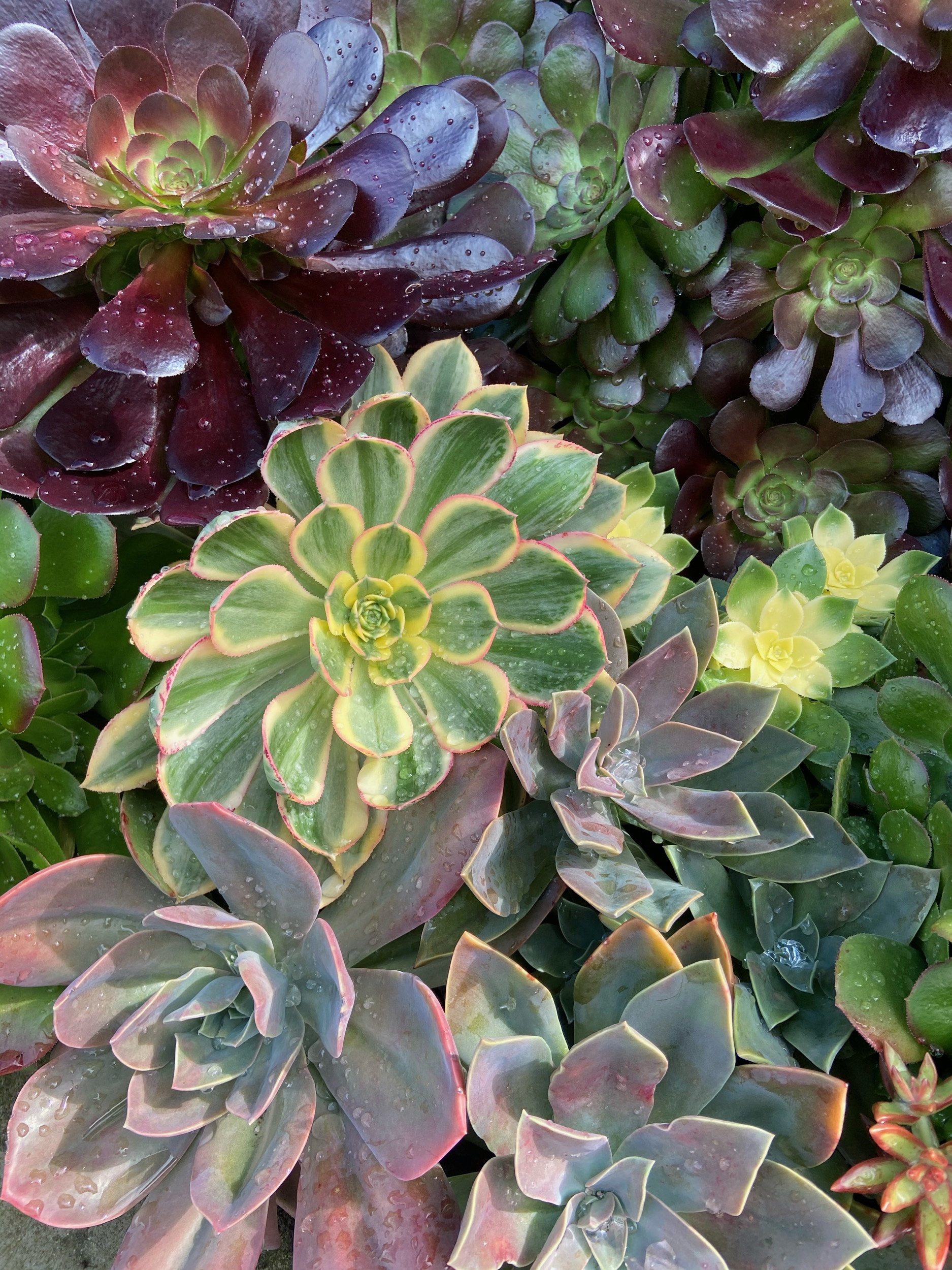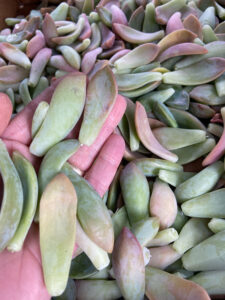What are Succulent Plants?
Succulent is a word derived from the Latin word ‘sucus’ which means juicy or tender. Succulent plants are defined as plants that store water in their stems, leaves, or even both. Succulent plants have an outstanding variety of shapes, colors and have very unique features; their leaves and stems are fleshy and this is to enable them to store water for weeks or months. Some may also store water in their roots like geophytes which survive unfavorable conditions by dying back to underground storage organs. An example of succulents is cacti but not all succulents are cacti. They can adapt to arid deserts, cold mountains, steamy jungles, on cliffs along the sea, and nearly all the places and temperatures. Some might melt into mush if exposed to freezing temperatures but a few can still survive under harsh freezing temperatures like the far north of Canada.

Succulents are mostly grown as ornamental plants because of their unique colors, shapes, and appealing appearance and they can survive with minimal care. Although just like all other plants watering ensures proper growth and flowering of succulents. They thrive well in areas with low humidity. Their roots should not sit on too much water as they will start to rot and die. Their leaves and stems store water and nutrients which they use during drought periods Some plants like sedums and sempervivums can survive in freezing weather but still do their best in warmer conditions.

If succulents lack water or exposure to sunlight for so long they may change their color. They also do blush or change color if they have a shock like exposing them to much sunlight than they are used to. When succulents lack sunlight they become dull or green and when they blush their color ranges from pink, orange, purple, red, and sometimes black. It’s amazing how succulents propagate easily, most of them can grow from a fallen leaf. This is a characteristic that makes them easy to keep and increase over time. Some when they get larger they develop new pups.





